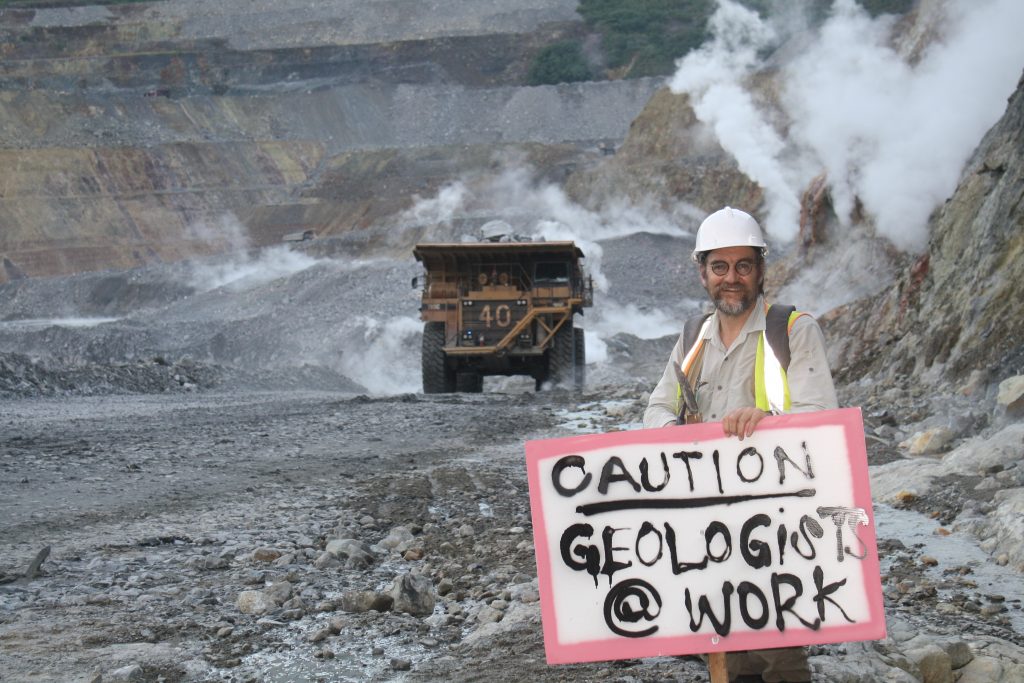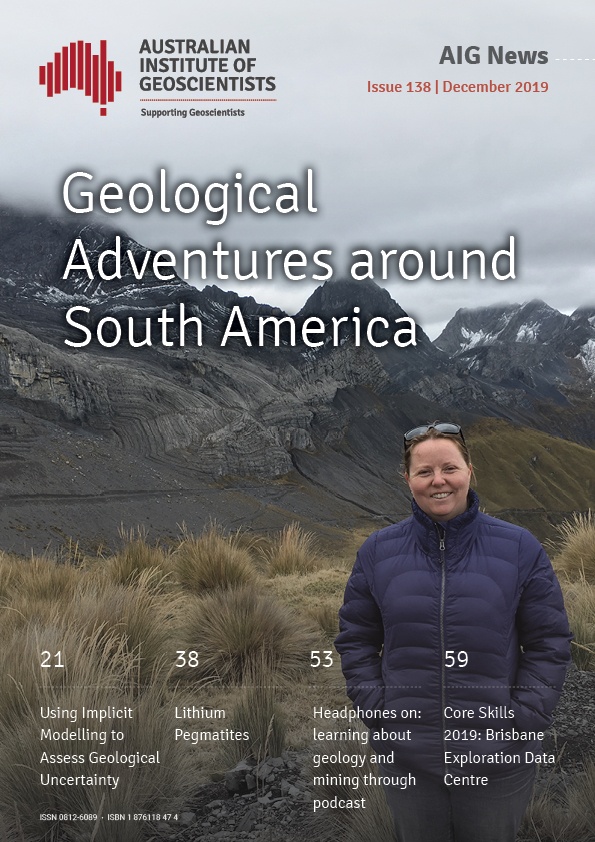
Now all AIG Members and Non Members can enjoy our FREE AIG Newsletter in digital format, including all previous editions. Please click here to see our archive of AIG News.
The latest edition of AIG News, the Australian Institute of Geoscientists member newsletter is now available in full colour and digital format and best of all FREE for all readers!
NEW! View the latest AIG News in NEW Flipbook view!
Or download the PDF below:
![]() For web: AIG News 138: Download as Single Pages PDF
For web: AIG News 138: Download as Single Pages PDF
![]() For web: AIG News 138: Download as Double Page Spread PDF
For web: AIG News 138: Download as Double Page Spread PDF
![]() For print: AIG News 138: Download as Single Pages PDF
For print: AIG News 138: Download as Single Pages PDF
![]() For print: AIG News 138: Download as Double Page Spread PDF
For print: AIG News 138: Download as Double Page Spread PDF
Inside this latest issue…
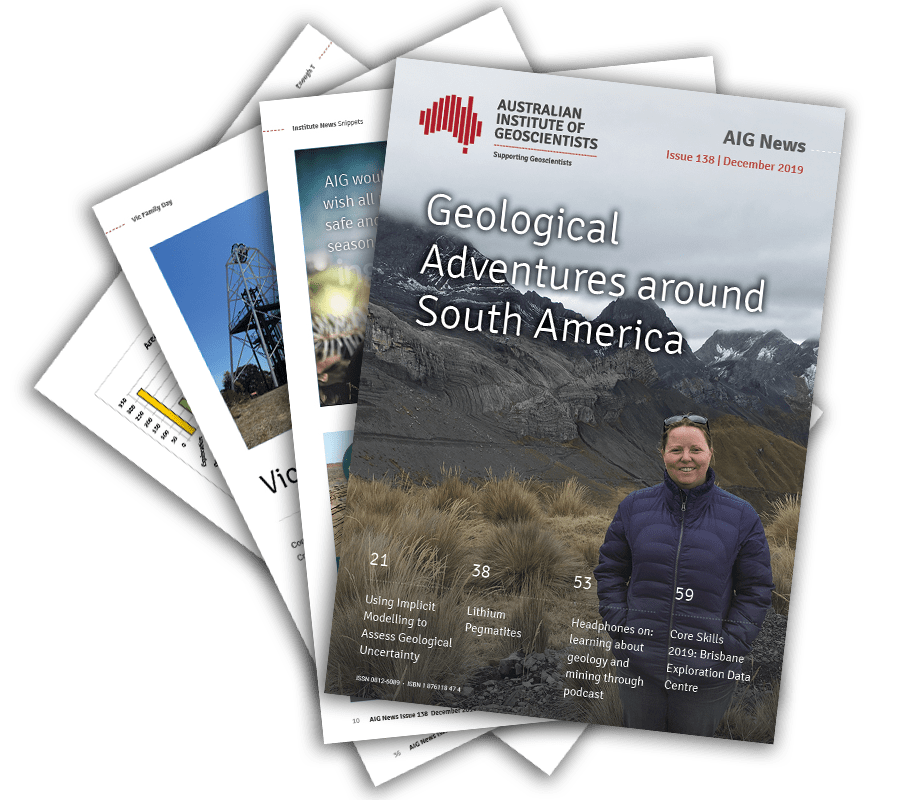
From Your President; Institute News; Snippets; SA, TAS, NSW Branch News; Membership Updates; Education News; Student Report: The Ninetyeast Ridge volcanic hotspot track: ages, origin and geodynamic implications; Using Implicit Modelling to Assess Geological Uncertainty; AEGC 2019; Machine Learning; VIC Conference 2019; AIG Journal: MAPCIS; Vic Family Day; AIG at GESSSQ 2019; Lithium Pegmatites: Drip Tectonics, Sanukitoids and the History Of Granite; Mining Geology 2019; Tips & Tricks for Geologists; Exploration Radio; Headphones on: learning about geology and mining through a podcast; Gradual improvement in geoscientist employment during Q3, 2019; Core Skills 2019: Brisbane Exploration Data Centre; Ok Tedi Bulletin; Geological adventures around South America; Are we getting enough ‘T’ into our geoscientists?; Part 2: What the Industry Wants – Results from the 2018 AIG National Graduate Group Geoscience Survey; Advances In Exploration Geochemistry Seminar; Events Calendar; AIG Council & AIG News and more…
AIG News is optimised to be read with Adobe Reader. Versions are available for printing (with Adobe Reader version 4.1.3 or later) or either reading on-line or downloading for reading off-line with your laptop or tablet (with Adobe Reader version 6.1.5 or later). Both versions have been tested and are compatible with Apple Preview and iBooks for Mac and iPad users.
If you experience any difficulty accessing and reading AIG News using the Adobe Reader versions listed here technical support is available.
We hope that you enjoy the latest AIG News and welcome your feedback.

If you’re passionate about evidence-based, science-informed policy, apply now to become a STEM Ambassador!
The STEM Ambassador Program connects STEM professionals with Federal decision makers. This is an amazing opportunity for you to help bridge the gap between science and parliament.
You’ll work directly with your local MP to help build understanding and engagement between science and parliament, and encourage the involvement of science in Australian politics and decision making.
We’re seeking applicants from a wide range of science, technology, and engineering jobs. STEM Ambassadors are provided appropriate training and support by Science & Technology Australia.
Read the story from STEM Ambassador Candice Raeburn who is working together with Peter Khalil MP, Member for Wills.
If you have any enquiries about the program please contact:
Peter Derbyshire | Policy and Projects Officer | 02 6257 2891 | peter.derbyshire@sta.org.au
Australian geoscientist employment improved marginally in the third quarter of 2019.
The latest AIG Australian Geoscientist Employment Survey revealed that unemployment amongst Australian. geoscientists fell to 7.4% at the end of September, down from 9.3% at the end of July. The underemployment rate also fell to 14.1%, from 14.9% for the same period.
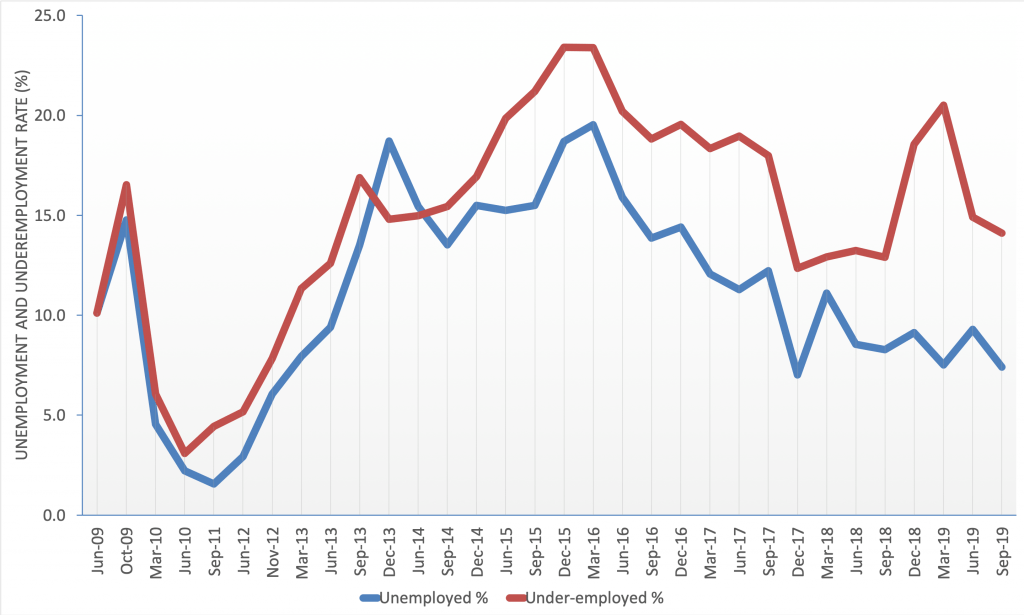
Australian geoscientist employment – June 2009 to September 2019
The survey results, at a national level, continue a gradually improving trend evident since March 2016, but the rate of improvement appears to have slowed since March 2018.
The number of long-term unemployed geoscientists continued to increase with 47% of unemployed and under-employed geoscientists having little to no work for more than one year, or more than two years for 34% of respondents.
AIG President, Andrew Waltho, welcomed the continued improvement in both the unemployment and under-employment rates, with the reservation that the rate of improvement remains slow. “The most disappointing and serious statistic is the proportion of long term unemployed and under-employed geoscientists” Mr Waltho said. “AIG and kindred professional institutes continue to promote the need to recognise the high-level scientific skills possessed by this pool of experienced professionals that can be applied in a broad range of fields where an ability to understand and interpret Earth systems and processes is valuable”. “In the meantime, AIG continues to provide members with effective and accessible opportunities for members to maintain and expand their professional networks and undertake continued professional development” Mr Waltho said. “Members accessing these opportunities are actively working to resurrect their careers and value this support” he said.
The unemployment and under-employment rates amongst geoscientists in Australia varied substantially between states.
Unemployment amongst geoscientists decreased in Western Australia, Queensland, New South Wales and the Australian Capital Territory, but increased in Victoria and South Australia. The greatest improvement in unemployment was evident in Victoria. No Northern Territory respondents responded as being unemployed. Too few responses were received from Tasmania for state results to be reported.
Under-employment, defined as respondents being able to attract less than 25% of their desired workload, decreased in Queensland, Victoria and South Australia but increased in Western Australia, New South Wales and the Australian Capital Territory, and the Northern Territory. The lowest under-employment results was evident in Victoria.
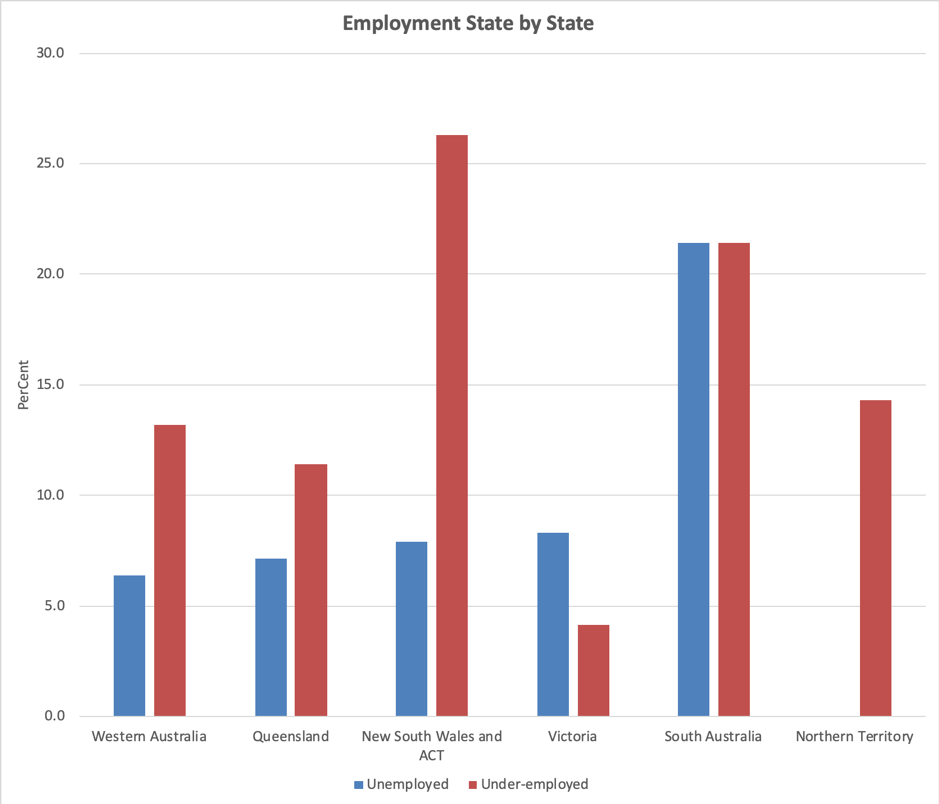
Australian geoscientist unemployment and under-employment by state – September 2019
Almost 71% of respondents reported being full-time employees, on staff or fixed term contracts. Only 3% work part time and between 4% and 5% are casual employees. Self-employed geoscientists comprise 22% of the profession.
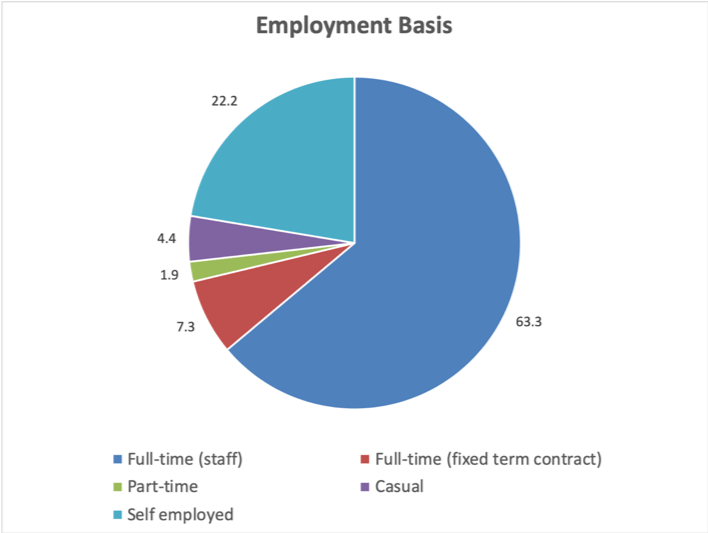
Australian geoscientist employment basis – September 2019
Geoscience remains a male dominated profession in Australia.
Some 85% of survey respondents were men and 15% women. One respondent identified with neither gender. There are relatively more women pursuing geoscience careers in Australia in the 0-15 years experience groups, with the highest proportion of women responding to the survey having between 10 and 15 years experience.
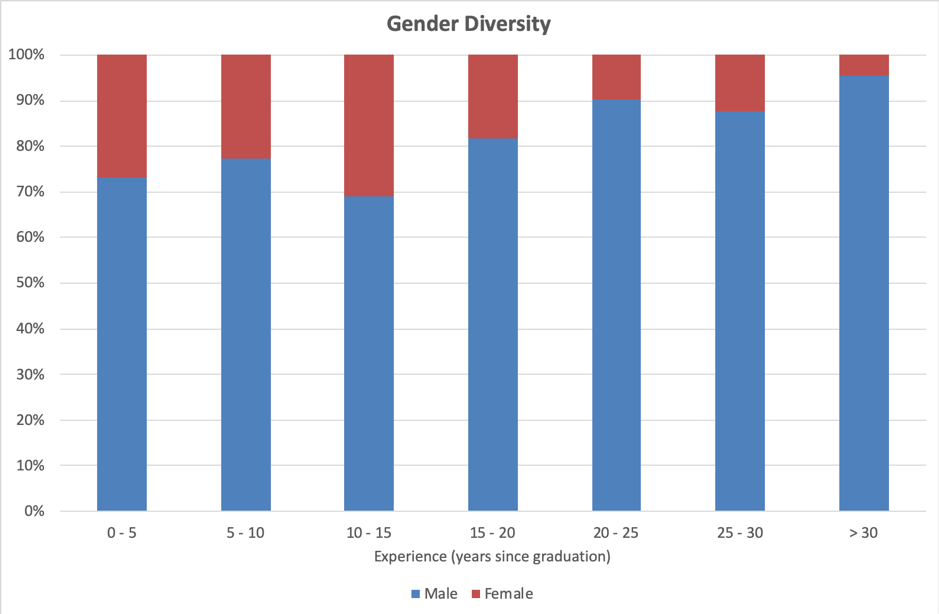
Gender diversity in Australian geoscience – September 2019
“Clearly, more needs to be done to attract women to geoscience careers, and retain women in the profession with more than 15 years experience if gender equity is to be achieved” Mr Waltho said. “It’s a serious issue, central to the public recognition vitality of the geoscience profession that will take concerted and committed action by all geoscientists in Australia to address”.
The next employment survey will open for contributions in early January 2020. AIG values the continued support of both members and non-members who take a few minutes to complete the survey each quarter and encourages as many geoscientists working in all sectors of the profession in Australia to contribute.
The conference is organised by SGA with support from professionals in universities, research organisations, government, minerals industry, and service providers.
AIG is a supporter of the conference. AIG members may register for the SGA 2021 conference at the SGA member rate, a significant reduction in the conference registration fee.
28 – 31 March 2022, plus pre- and post- conference field trips and short courses.
The 16th Biennial Meeting of the Society for Geology Applied to Mineral Deposits (SGA) which will take place 28-31 March 2022 in a virtual conference format. The meeting will feature presentations on topics related to mineral deposit research, exploration, sustainable development and environmental and social aspects related to mineral deposits. The oral and poster presentation sessions, and pre- and post-conference short courses will provide a comprehensive programme.
The Third Circular has just been released and can be viewed on the conference website or by clicking here.
Online registration is available now via the conference website.
|
David Cohen
University of New South Wales, Sydney, New South Wales, Australia
Pining for an anomaly: Vectoring towards mineralisation using biogeochemistryClick here for abstract and biography |
David Cooke
Centre for Ore Deposit and Earth Sciences (CODES), University of Tasmania
Geological evolution of the Lihir gold deposit, Papua New GuineaClick here for abstract and biography |
|
Dave Craw
Geology Department, University of Otago, Dunedin, New Zealand
Orogenic gold mining and exploration in the Otago Schist, New ZealandClick here for abstract and biography |
Cornel de Ronde
GNS Science, Lower Hutt, New Zealand
Submarine hydrothermal systems as the shallow parts of porphyry Cu systems: the case for Brothers volcanoClick here for abstract and biography |
Angela Escolme
Centre for Ore Deposit and Earth Sciences (CODES), University of Tasmania
Trace element deportment – knowledge is powerClick here for abstract and biography |
Scott Halley
Mineral Mapping Pty Ltd, Hawley Beach, Tasmania, Australia
Estimation of gangue mineral percentages from routine drill hole analysesClick here for abstract and biography |
Keenan Jennings
BHP Metals Exploration
Mines and mineralisation – How a quality gap illustrates the need to enhance search spacesClick here for abstract and biography |
Teresa McGrath
Gold Technology, Group, WA School of Mines; Minerals, Energy and Chemical Engineering, Curtin University, Perth, Western Australia
Gravity Recovery of Gold – Past, Present and FutureClick here for abstract and biography |
Sandra Occhipinti
CSIRO Mineral Resources, Perth, Australia
Resourcing a low emissions future through mineral discovery and responsible recoveryClick here for abstract and biography |
Anita Parbhakar-Fox
W.H Bryan Mining and Geology Research Centre, Sustainable Minerals Institute, University of Queensland, Queensland, Australia
The critical importance of ‘secondary prospectivity’ in a dynamic global climateClick here for abstract and biography |
Julie Rowland (JR)
The University of Auckland, New Zealand
Inherited structures and golden triggers: controls on the localisation of Cretaceous-to-recent gold deposits, Aotearoa New ZealandClick here for abstract and biography |
Tobias Schlegel
CSIRO Mineral Resources, Kensington, Western Australia
Mineral zonation and ore formation in IOCG deposits: new insights from the integration of mineralogy, geochemistry and petrophysicsClick here for abstract and biography |
Stuart Simmons
Hot Solutions Ltd, Auckland, New Zealand
Advances in the understanding of epithermal ore forming processes from studies of modern environments in the TVZClick here for abstract and biography |
|
Australia and the United States have formalised their partnership on developing both nations’ critical mineral assets, with a project agreement signed today by Geoscience Australia and the United States Geological Survey (USGS).
The signing paves the way for both nations to work more closely on understanding each country’s geological resource potential for critical minerals, including rare earth elements, and developing a pathway to supply arrangements.
Minister for Resources and Northern Australia Matt Canavan said it was the beginning of a strong new partnership which would benefit both nations.
“This is a partnership that will deliver opportunity and security to both nations,” Minister Canavan said.
“Growing global demand for critical minerals means there is huge scope for Australia to develop secure and stable supply chains to meet the growing demand for critical minerals in key economies such as the US.
“The US has a need for critical minerals and Australia’s abundant supplies makes us a reliable and secure international supplier of a wide range of those, including rare earth elements.
“Today’s signing follows a wealth of work by the Liberal National Government to grow our potential in the critical minerals market, following the announcement of our critical mineral partnership with the US in early 2018.
“Almost 12 months ago Geoscience Australia and the USGS signed a wide-ranging Letter of Intent to formalise our collaboration on critical minerals.
“Our Critical Minerals Strategy was released earlier this year to coordinate activities across government, promote investment and deliver the necessary infrastructure to bring new critical minerals projects into production.
“And just last month we released our Critical Minerals Supply Chain in the United States report, which reinforces the importance of Australia continuing to attract investment in high-value activities such as processing and manufacturing.
“Our partnership with the US also supports the goals of our National Resources Statement.”
The new agreement focuses on joint critical mineral potential mapping and quantitative mineral assessments, determining geological controls on critical mineral distribution, and developing data analytics capability to understand supply and demand scenarios for developing the critical minerals pipeline.
The knowledge gained from this collaboration will:
Critical minerals are essential for the production of high-tech, aerospace, defence, renewable energy, agricultural, automotive and telecommunications technologies, and are found in everyday items such as lithium-ion batteries which power laptops and smartphones.
Senator the Hon Matt Canavan Minister for Resources and Northern Australia Media Release, 19 Nov 2019
Women and Leadership Australia have funding is available to support the development of female leaders across Australia’s science sector.
The initiative is providing women with grants of between $2,000 and $7,000 to enable participation in one of three programs that cover such things as reinforcing resilience and wellbeing, engaging with challenge and conflict, creating future focus, leading authentically and driving performance.
The scholarship funding is provided with the specific intent of providing powerful and effective development opportunities for science sector women, but has to be allocated by the end of 2019.
Expressions of Interest
Find out more and register your interest by completing the Expression of Interest form here prior to 6th December: www.wla.edu.au/funding.html
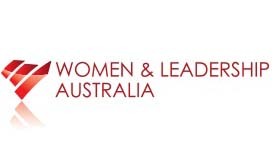
The organisers of next year’s 36th International Geological Congress to be held in New Delhi have announced a geohost program for early career geoscientists.
The program provides an opportunity for up to 1,000 applicants to have their travel and registration for the congress covered by a sponsorship. Scan the QR code in the image below or visit the 36th IGC website for full details.
Applications close 15th November so act now!
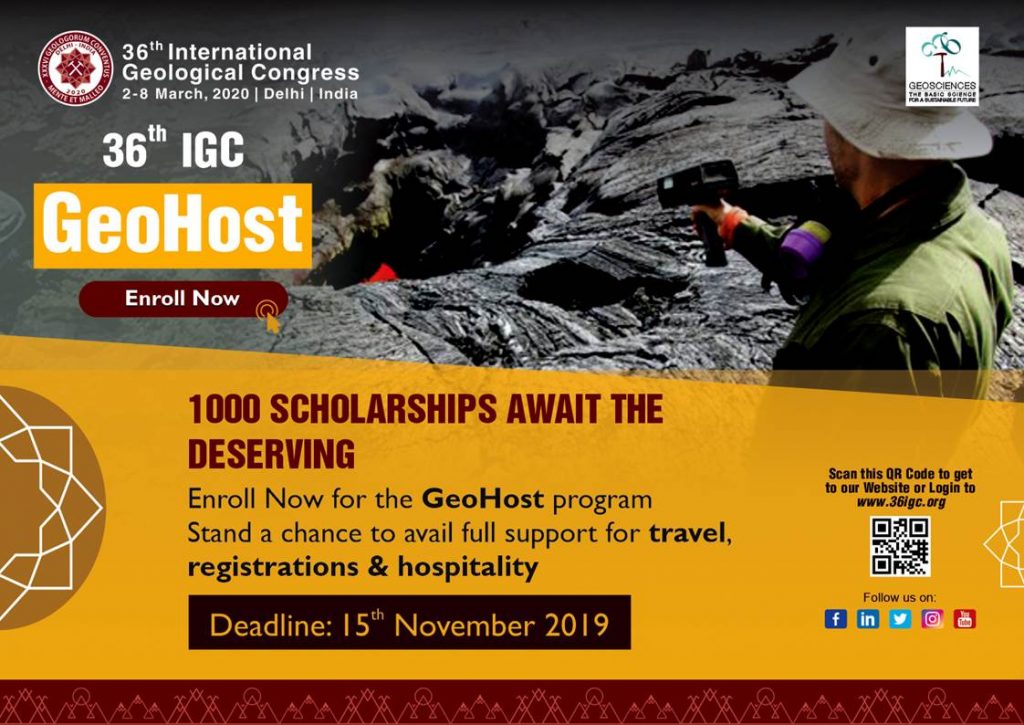
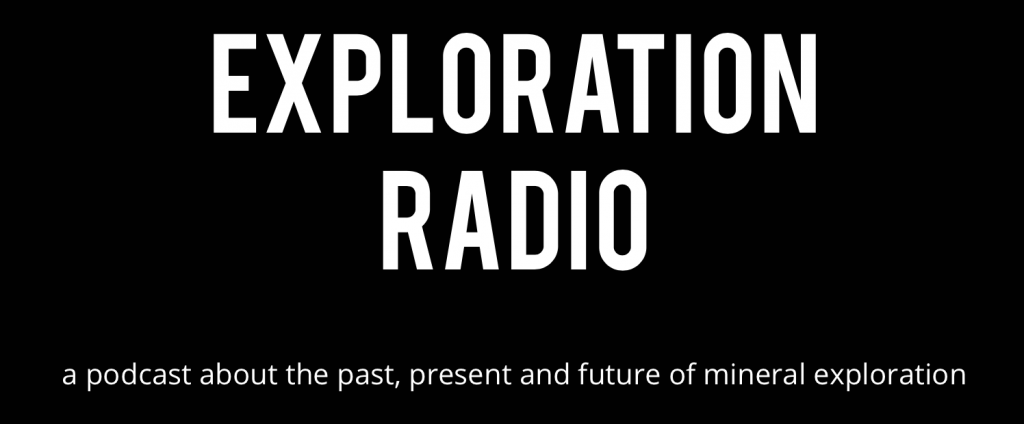
Two new podcast episodes are now available!
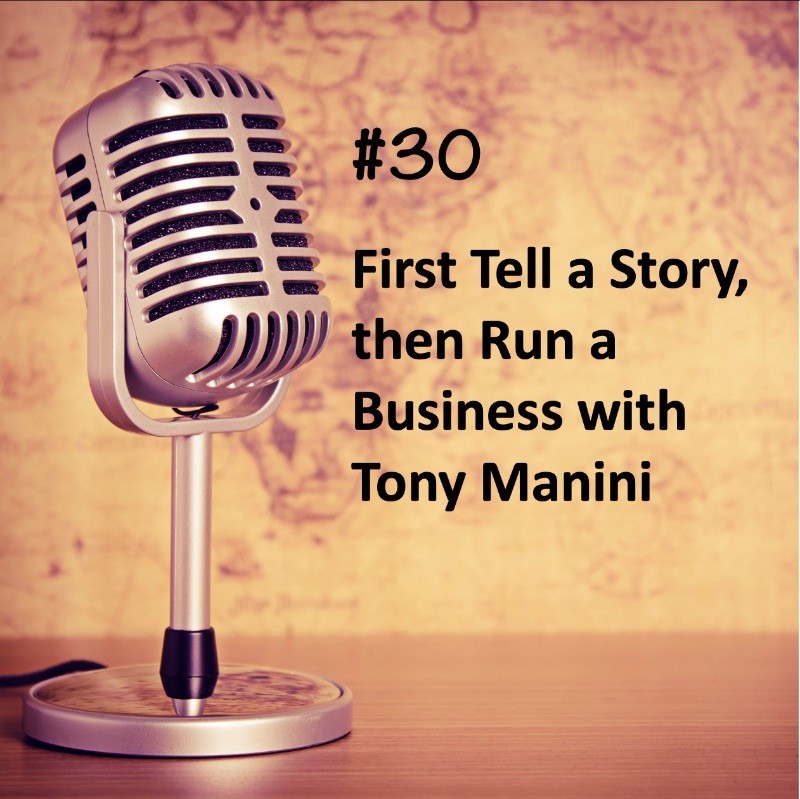
One of the main non-technical challenges in mineral exploration is getting investment. Overwhelmingly, companies seem to favour becoming a publicly listed company on a stock exchange to raise funds. The challenge there is how to effectively engage a largely uninformed investor base and retain them over the long term. Maybe we would be better off with a private funding model for early stage exploration – similar to venture capital firms funding startups. Irrespective of how we get funding, we need to remember to run exploration like a business.
Tony Manini is the Co-Founder and Executive Director of a private equity firm called EMR Capital.
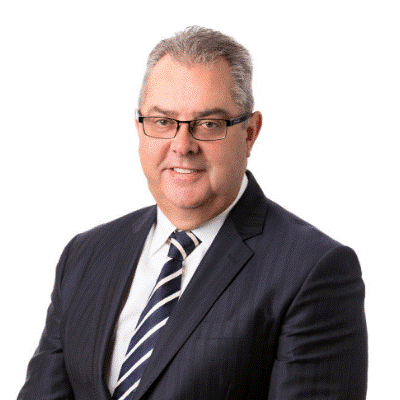
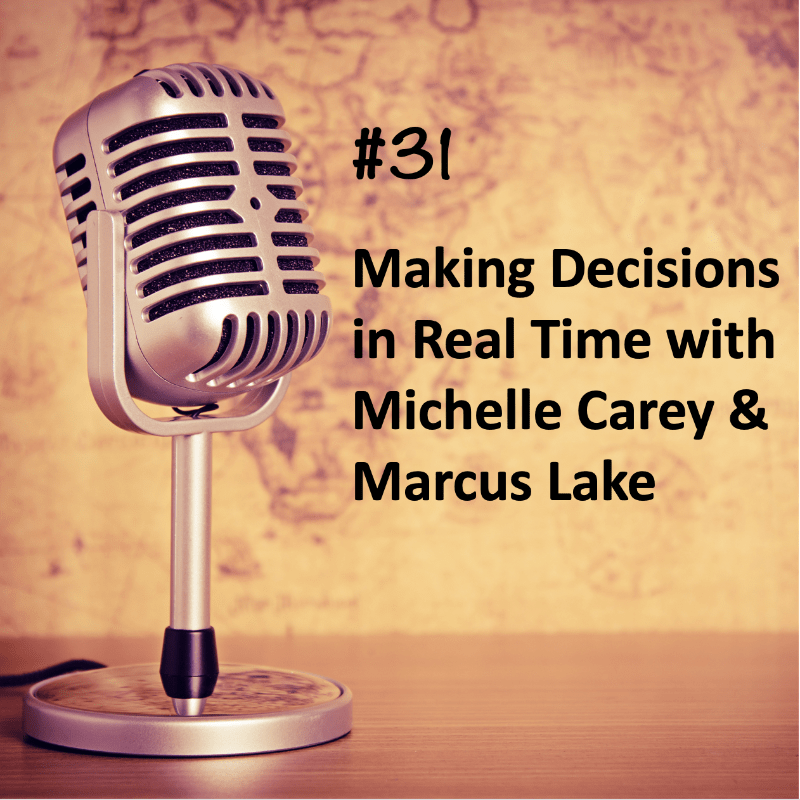
We often suffer from a time lag between acquiring data and using it to make a decision. If only we could get the data quicker, we would be so much better at what we do. Maybe this explains our obsession in developing technology that provides us data in real time. But we are forgetting something. It is not about getting the data quicker, it is about being able to make better decisions faster. Like the petroleum industry, we want real time “answer products” – not just real time data.
In this episode, we are joined by Michelle Carey from IMDEX and Marcus Lake from Olympus, two companies that are at the forefront of developing technology to assist with real time decision making.
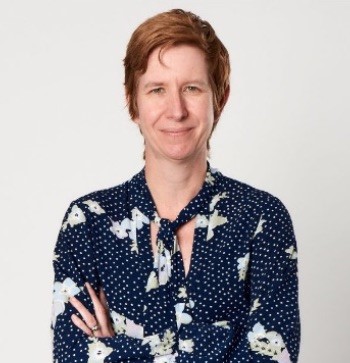
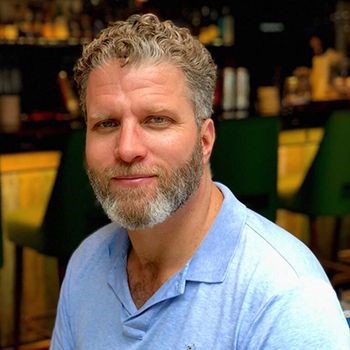
AIG is a proud sponsor of Exploration Radio. Access the podcasts using your favourite podcasting application or via the Exploration Radio website.
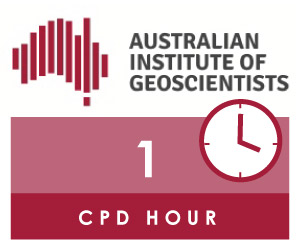
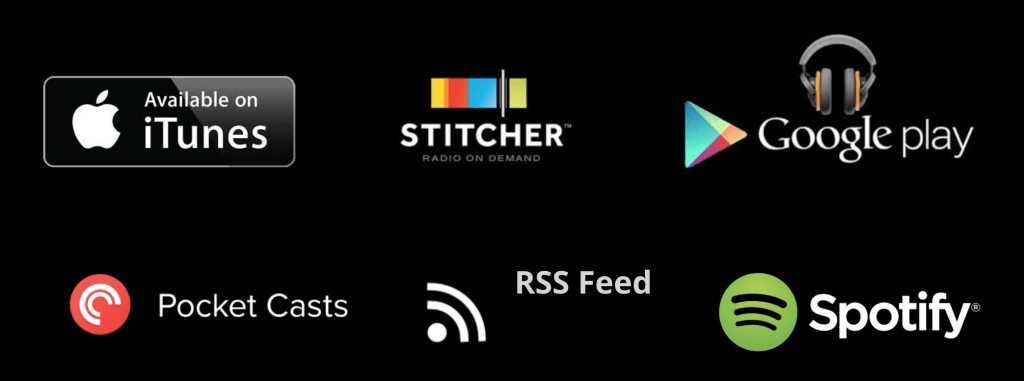
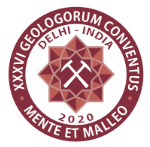
The International Geological Congress is a mega event organised every four years. The next edition – the 36th – will be organised in Delhi, India, March 2-8, 2020.
The Congress has 45 themes, covering practically all aspects of Planet Earth, has > 60 field trips, a GeoExpo, and a variety of other programs.
Each theme has several symposia; under each symposium, again, there will be many sessions. You are welcome to submit your abstract at the Congress website (www.36igc.org) and make your presentation at the IGC. You could also go on a field trip, or participate in/organise a workshop or short course and/or enjoy looking around the country, its culture and culinary specialties, its art and architecture, its history and heritage. India provides a world of opportunities!
Thanks to the munificence of the Government of India, we are able to offer a Geohost Support Program that is unprecedented in the history of IGC! We will be providing 1000 free registrations, 1000 airfares and 1000 local hospitality packages to geoscientists/ geoscience students. These will be provided either as full or partial support. So, hurry up and apply online for a Geohost grant! Please visit our website www.36igc.org for all the details.
Revised deadline for abstract submission: October 31, 2019.
Revised deadline for Early Bird registration: November 30, 2019
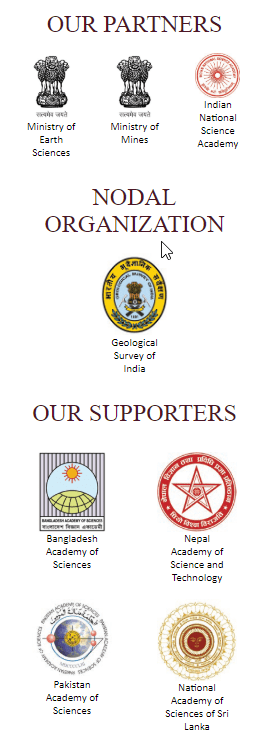
Dates and venues: 11-13 February 2020, Chatswood Club, 11 Help St, Chatswood (Sydney) – 5 minutes walk from Chatswood station and the W.B. Clarke Geoscience Centre, Londonderry.

11-12 February: Two days of PowerPoint lectures focus upon mineral exploration for epithermal and porphyry ore deposits derived from Dr Corbett’s 40 years field experience, including short courses provided with the late Terry Leach from the early 1990’s. Exploration and mining examples from over 40 countries are used to delineate the characteristics of different epithermal and porphyry ore types, and controls to mineralisation, using tools such as alteration, structure and breccias. A final section considers geological features recognised in exploration marginal to ore bodies. Participants will be provided with exercises to test yourselves and a current draft of the new short course notes. Early drafts of the first few chapters are available at: http://corbettgeology.com/Publications/.

13 February: A practical exercise held at the W B Clarke Geoscience Centre, Londonderry, uses diamond drill core and geological specimens referred to in the lectures (above), to provide hands on training in ore and alteration mineralogy and the use of geological models. Greg is helped by and Stuart Hayward, who has over 30 years experience in epithermal-porphyry ore deposit exploration and mining. Return bus from Chatswood and lunch provided.
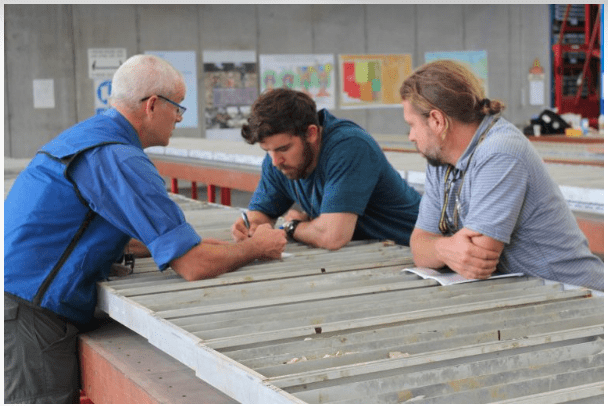
Registration fees include handouts, lunch, morning and afternoon teas and transport to and from Londonderry.
Minimum of 20 participants required and limited to a maximum of 40.
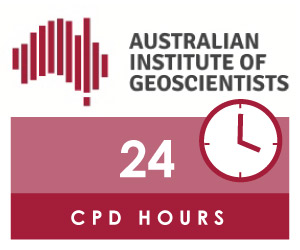
Employed geologists from $1500 + GST
Unemployed geologists from $400 + GST
Students $150 + GST but if you need assistance contact greg@corbettgeology.com
Registration www.corbettgeology.com/services/
